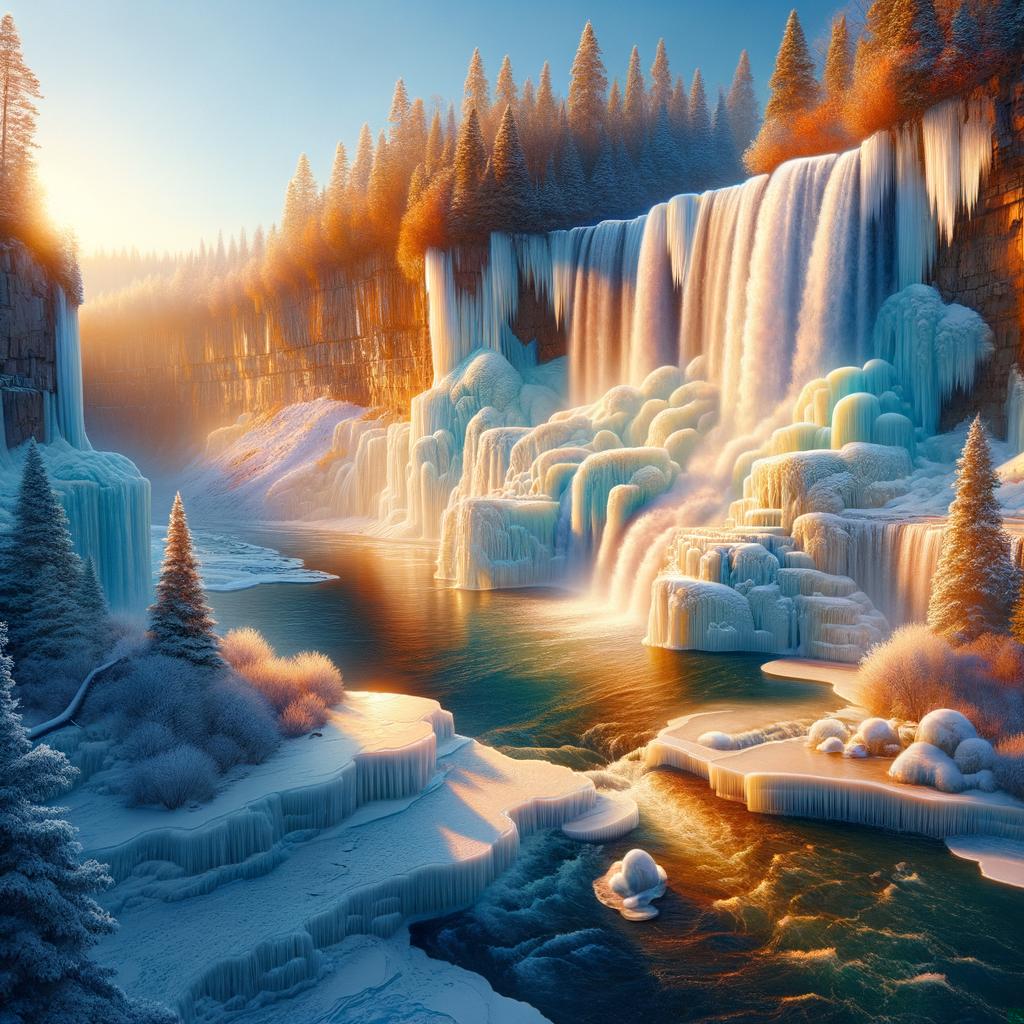How to Plan a Wildlife Photography Trip in the Yukon
Posted on November 26, 2024 • 4 minutes • 812 words
Table of contents
Planning a wildlife photography trip in the Yukon can be an exhilarating experience, offering a unique opportunity to capture stunning images of nature and wildlife in one of the most breathtaking landscapes on the planet. From the majestic mountains to the serene rivers, the Yukon is a paradise for photographers looking to immerse themselves in the great outdoors. Whether you are an experienced photographer or just starting out, knowing how to prepare for your adventure can make all the difference. This guide will walk you through the essential steps to ensure your wildlife photography trip in the Yukon is a success.
Researching Wildlife and Locations
Before packing your gear, it’s essential to gather information about the wildlife you want to photograph and the locations that are best suited for your photography goals. The Yukon is home to a diverse range of animals, including moose, bears, caribou, and various bird species. Each season offers unique opportunities; for example, spring is ideal for capturing newborn animals, while autumn showcases vibrant foliage alongside wildlife.
Identifying specific locations within the Yukon that are known for wildlife sightings can enhance your chances of capturing stunning photographs. Popular areas include Kluane National Park and Reserve, the Yukon Wildlife Preserve, and the remote regions surrounding the Old Crow River. Online forums, wildlife photography groups, and local guides can provide valuable insights into the best spots during your travel dates.
Choosing the Right Time of Year
Timing plays a crucial role in wildlife photography. The Yukon experiences extreme weather conditions, and each season presents its own challenges and advantages. Late spring to early summer is prime time for wildlife activity, as animals are more visible during the warmer months. Conversely, fall may provide the chance to capture dramatic landscapes and animal migrations.
Consider planning your trip around specific events, such as the salmon run, when bears and other wildlife gather near rivers to feed. Researching seasonal patterns can help you make informed decisions about when to visit for optimal photo opportunities.
Planning Your Itinerary
Once you have identified the best time and locations, creating a detailed itinerary will help you maximize your photography experience. Allocate time for travel between locations, as well as downtime for rest and reflection. It’s important to remain flexible, as wildlife can be unpredictable, and you may need to adjust your plans based on sightings.
Include a mix of activities in your itinerary, such as guided tours, hiking, and photography workshops. Engaging with local photographers and guides can offer valuable tips on capturing the best images and navigating the terrain.
Packing the Right Gear
Choosing the right photography equipment is essential for capturing high-quality images in various conditions. A DSLR or mirrorless camera with a versatile zoom lens is ideal for wildlife photography, allowing you to capture both close-ups and wider shots. A tripod can also be beneficial for stabilizing your camera, particularly in low light or when using longer lenses.
Additional gear to consider includes:
- Extra batteries and memory cards
- Weather protection for your camera
- Binoculars for spotting wildlife
- A lightweight backpack for easy transport
Make sure to familiarize yourself with your equipment before the trip, so you can quickly adjust settings and capture fleeting moments.
Embracing Ethical Wildlife Photography
Respect for wildlife and their habitats should be a top priority during your trip. Maintain a safe distance from animals to avoid disturbing their natural behavior, and adhere to local regulations regarding wildlife interactions. Educating yourself about ethical photography practices not only protects the animals but also enhances your experience as a photographer.
Consider joining guided tours led by professionals who prioritize ethical practices. They can provide insight into the best methods for observing and photographing wildlife without causing harm.
Capturing the Perfect Shot
When you finally reach your chosen locations, patience and persistence are key. Spend time observing wildlife behavior and wait for the right moments to capture stunning images. Pay attention to lighting, angles, and composition to create visually striking photographs.
Experiment with different settings on your camera to achieve various effects. Shooting in RAW format allows for greater flexibility in post-processing, enabling you to enhance your images while maintaining quality.
Post-Trip Considerations
After your adventure in the Yukon, take time to review and edit your photographs. This is an excellent opportunity to reflect on your experiences, learn from any challenges you faced, and improve your photography skills for future trips.
Consider sharing your work through social media, photography websites, or exhibitions to inspire others to explore wildlife photography. The Yukon offers endless opportunities for capturing the beauty of nature, and your journey can encourage others to embark on their own adventures.
Planning a wildlife photography trip in the Yukon requires careful preparation, research, and a passion for the outdoors. By following these guidelines, you can create unforgettable memories and stunning photographs that showcase the incredible wildlife and landscapes of this remarkable region.





